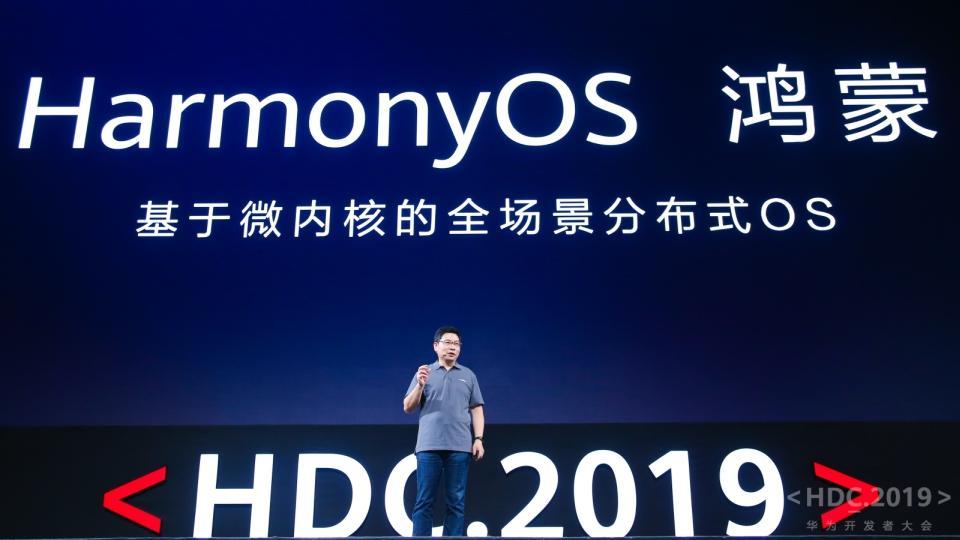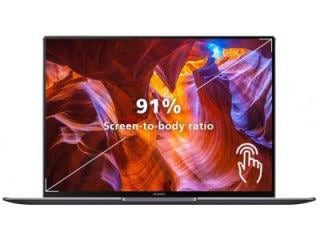Huawei aims at software independence with HarmonyOS: Key things to know
Huawei says it can abandon Google’s Android and switch to its homegrown HarmonyOS anytime it wants. Here are key things you need to know about Huawei’s new OS.

Huawei on Friday launched homegrown 'Harmony OS' aka 'Hongmeng OS' in a bid to reduce dependence on Google for mobile operating system. The new software comes shortly after the Chinese telecom giant narrowly escaped from losing access to Google's Android owing to US-China trade tensions. Huawei said 'Harmony OS' is now ready for commercial launch and can abandon Google anytime it wants to.
At the company's developer conference in China, Huawei's consumer business head Richard Yu said HarmonyOS is different from Google's Android and Apple's iOS operating systems. The company said HarmonyOS will be available for a wider range of hardware platforms including phones, PCs, and eventually on wearables and head units of car.
According to tracking platform statcounter, Google's Android holds about 76.08% of mobile OS market share whereas Apple's iOS has 22.01%. KaiOS is at a distant third with 0.81% share.
Open-source
Open-source is one of the primary reasons why Google's Android is so popular among the developers and OEMs. Huawei will borrow Google's open-source focus with HarmonyOS. The company plans to setup an open-source foundation and community to help developers build apps for the new platform. Huawei said it will also share core capabilities of the software in areas such as cameras, connectivity, cameras, and Artificial Intelligence (AI). Huawei's operating system supports apps from all major platforms including Linux, HTML 5, and Android.
Cross-platform
Huawei's HarmonyOS aka Hongmeng OS is based on a distributed architecture and virtual bus technology. This will allow developers to build across platforms without needing to deal with the complex technology under-the-hood. Huawei claims Harmony OS apps can seamlessly work on different devices while delivering a collaborating experience.
A modularized #HarmonyOS can be nested to adapt flexibly to any device to create a seamless cross-device experience. Developed via the distributed capability kit, it builds the foundation of a shared developer ecosystem #HDC2019 pic.twitter.com/2TD9cgtdG8
— Huawei Mobile (@HuaweiMobile) August 9, 2019
Security
HarmonyOS has a new microkernel design that is said to deliver better security and lower latency. "
This microkernel was designed to simplify kernel functions, implement as many system services as possible in user mode outside the kernel, and add mutual security protection. The microkernel itself provides only the most basic services like thread scheduling and IPC," said Huawei in a release.
"HarmonyOS is the first OS to use formal verification in device TEE, significantly improving security. In addition, because the HarmonyOS microkernel has much less code (roughly one-thousandth the amount of the Linux kernel), the probability of attack is greatly reduced," it added.
First wave of devices
Huawei's first wave of homegrown OS will come to 'smart screen products' which are scheduled to roll out later this year. The first iteration, Harmony OS 1.0, will soon be available for a broader range of products such as wearables, Huawei Vision, and even cars.
Catch all the Latest Tech News, Mobile News, Laptop News, Gaming news, Wearables News , How To News, also keep up with us on Whatsapp channel,Twitter, Facebook, Google News, and Instagram. For our latest videos, subscribe to our YouTube channel.






























